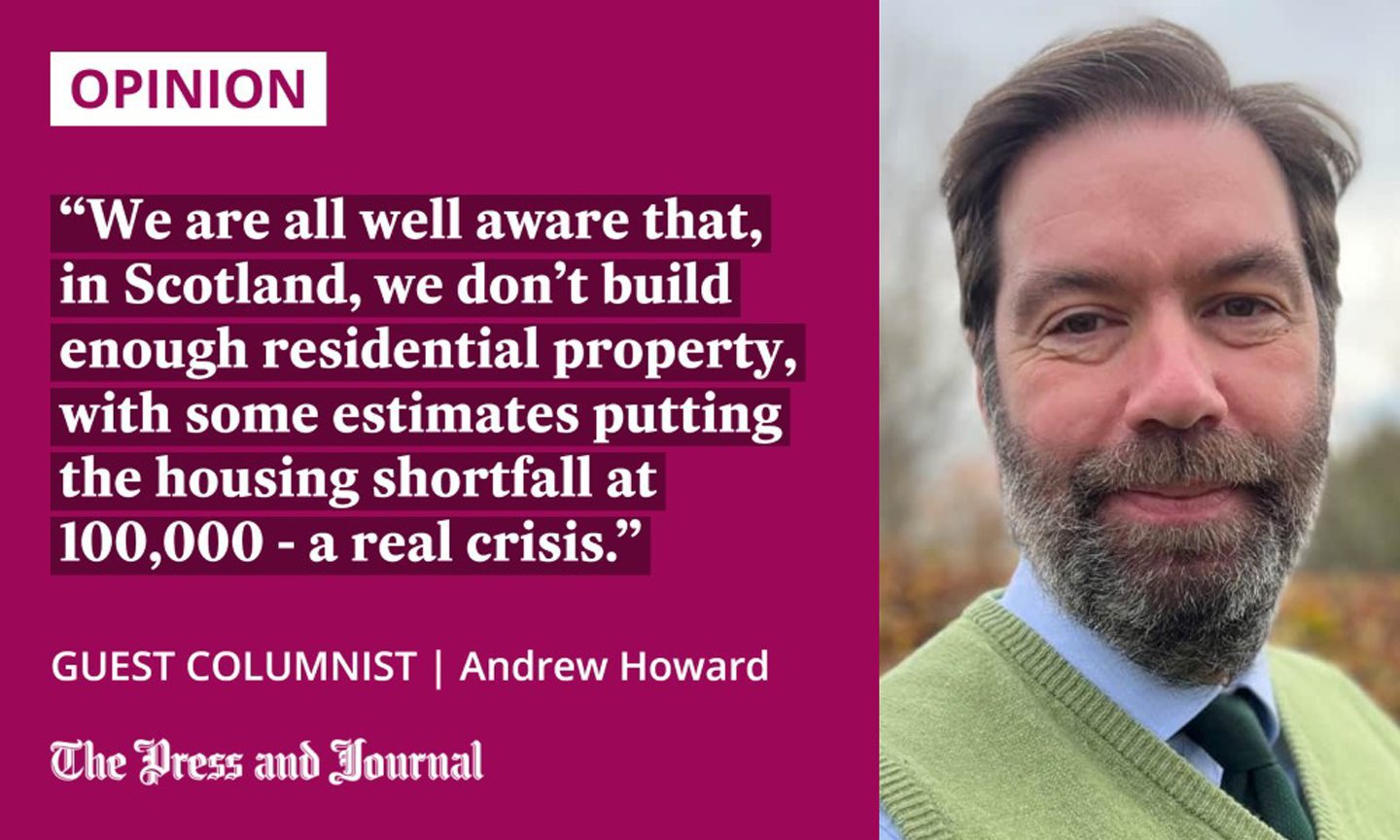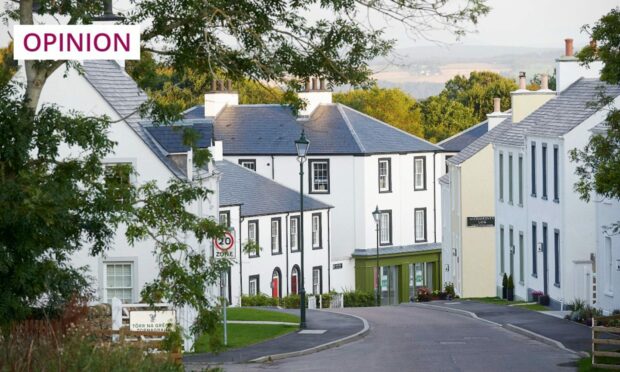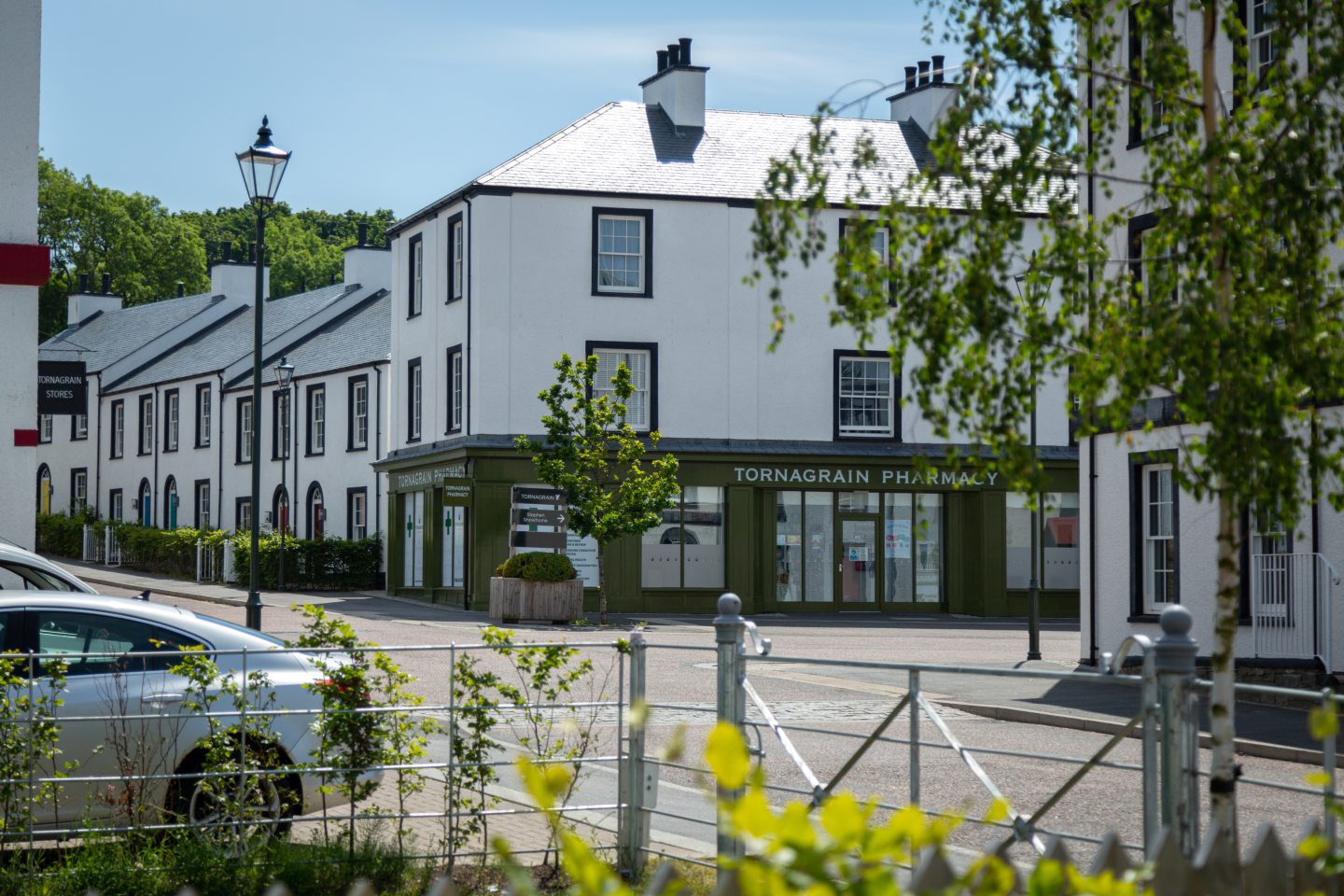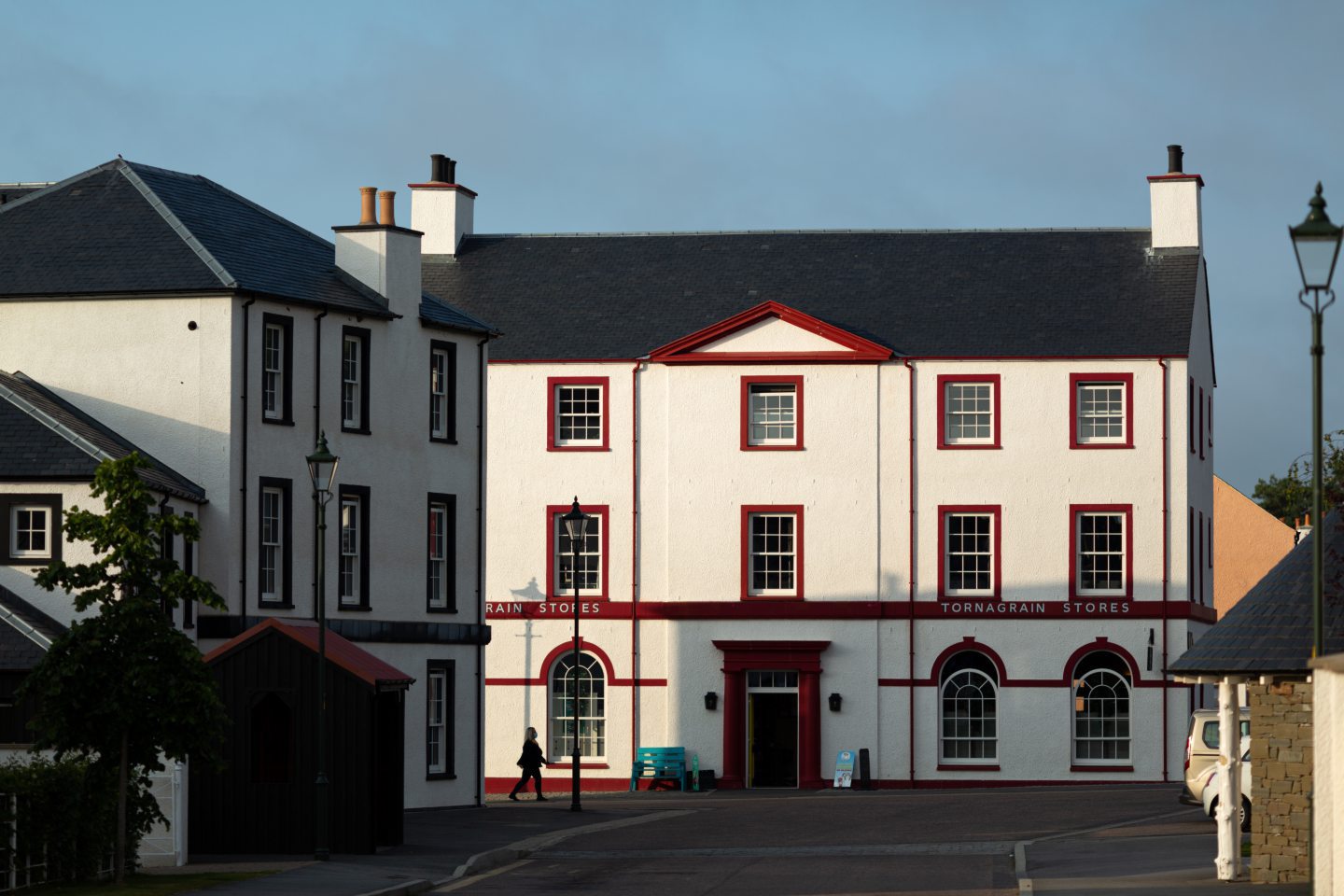The Scottish Government should work with landowners to focus on delivering desirable new homes and communities, writes Andrew Howard of Moray Estates.
The last two and half years have been a particularly uncertain period for the vast majority of us.
A major pandemic quickly followed by a war in Europe, and the impact those had on an already looming cost of living crisis. Add to that the urgent need to address the climate crisis, and you can see there are more than enough challenges for anyone.
All this disruption has caused people to make life choices in ways that we wouldn’t necessarily have predicted as recently as 2019. One major trend has been the increased importance homebuyers appear to put on where they live.
When making decisions about where they want to live, they have a greater focus on the quality of “place” – this being the nature of physical fabric, and softer things such as community.

Major shocks, like pandemics, undoubtedly cause people to reflect on where – and how – they want to live, but so do more practical changes, such as working from home, the cost of running a house or flat, and access to local services without the need for constant car travel.
We are all well aware that, in Scotland, we don’t build enough residential property, with some estimates putting the housing shortfall at 100,000 – a real crisis.
The Scottish Government knows this, and has produced a plethora of strategies and initiatives to address it. However, as well as quantity, we also need to focus on the quality of those homes, and, critically, the nature of emerging communities that they form.
A new community with the infrastructure needed to succeed
This has been at the forefront of our plans for Tornagrain, a new community we at Moray Estates are delivering between Inverness and Nairn. When completed, it will be a vibrant market town of approximately 5,000 homes, together with four schools, shops, employment spaces, and all the civic infrastructure you’d expect to see.
Critically, with a population of 12,500, it will have the emerging scale to support the vital services that residents will need on a daily basis.
There are only 300 homes there as yet, but there’s already a grocery store, pharmacy, nursery, cafe, community hub and allotments. Four further shops and employment space will be delivered over the next two years, and will be integral to the design of the community, not an afterthought. There’s a fair bit to go, and it’s far from straightforward, but we’re getting there.
The frustrations of the planning system – which seem ingrained – have to be overcome before more homes will appear
There are other projects like Tornagrain around the UK, including Chapelton near Aberdeen, being developed by Southesk Estates, where an 8,000-home community is emerging.
However, it’s not enough. The frustrations of the planning system – which seem ingrained – have to be overcome before more homes will appear.
Land reform talks seem obsessed with scale
What all the projects like Chapelton and Tornagrain around the UK have in common is that they’re almost always conceived and delivered by traditional landowners, usually with reasonably large landholdings.
The recent land reform public consultation produced by the Scottish Government – which purports to be about concentration of landownership, but seems curiously obsessed with scale – caused me to reflect on why Holyrood consistently neglects to recognise the role that large landowners and estates play in delivering the government’s own policy agenda.
At Tornagrain, we were working to all the “placemaking” principles – walkable neighbourhoods, mixed use and tenure developments, reduced focus on cars, and high-quality design and landscape – in advance of this being codified by the government.
Like most of those developing communities, we’re only able to take these projects forward because we are large-scale landowners. We are able to raise the necessary finance, support projects from our other activities, and are prepared to take longer-term investment decisions and views on returns. This is because we’ve been embedded in the areas where the projects are located for many decades, even centuries.
It isn’t that a more fragmented pattern of ownership couldn’t, in theory, develop a community, but, in practice, small landowners do not come together to deliver such projects.
Government should commit to working with landowners
Scale, resource and a single-minded sense of purpose are essential to success. These qualities will also likely apply to other major investments, which will become increasingly important to our future; for instance, the delivery of landscape-scale natural capital and nature restoration projects.
It would be immeasurably more productive for our society in general if government looked to work with those who are often best placed to deliver many of their key policy objectives
Many large landowners recognise that we’re considered fair game for some old-fashioned political knockabout. However, it would be immeasurably more productive for our society in general if government looked to work with those who are often best placed to deliver many of their key policy objectives.
Moreover, we are willing to do so, if we can be sure that the government will work to create a more constructive relationship which gives us renewed confidence to make long-term investment decisions. That would create more certainty all round and – most importantly – help build the places where people want to live.
Andrew Howard is managing director of Moray Estates













Conversation